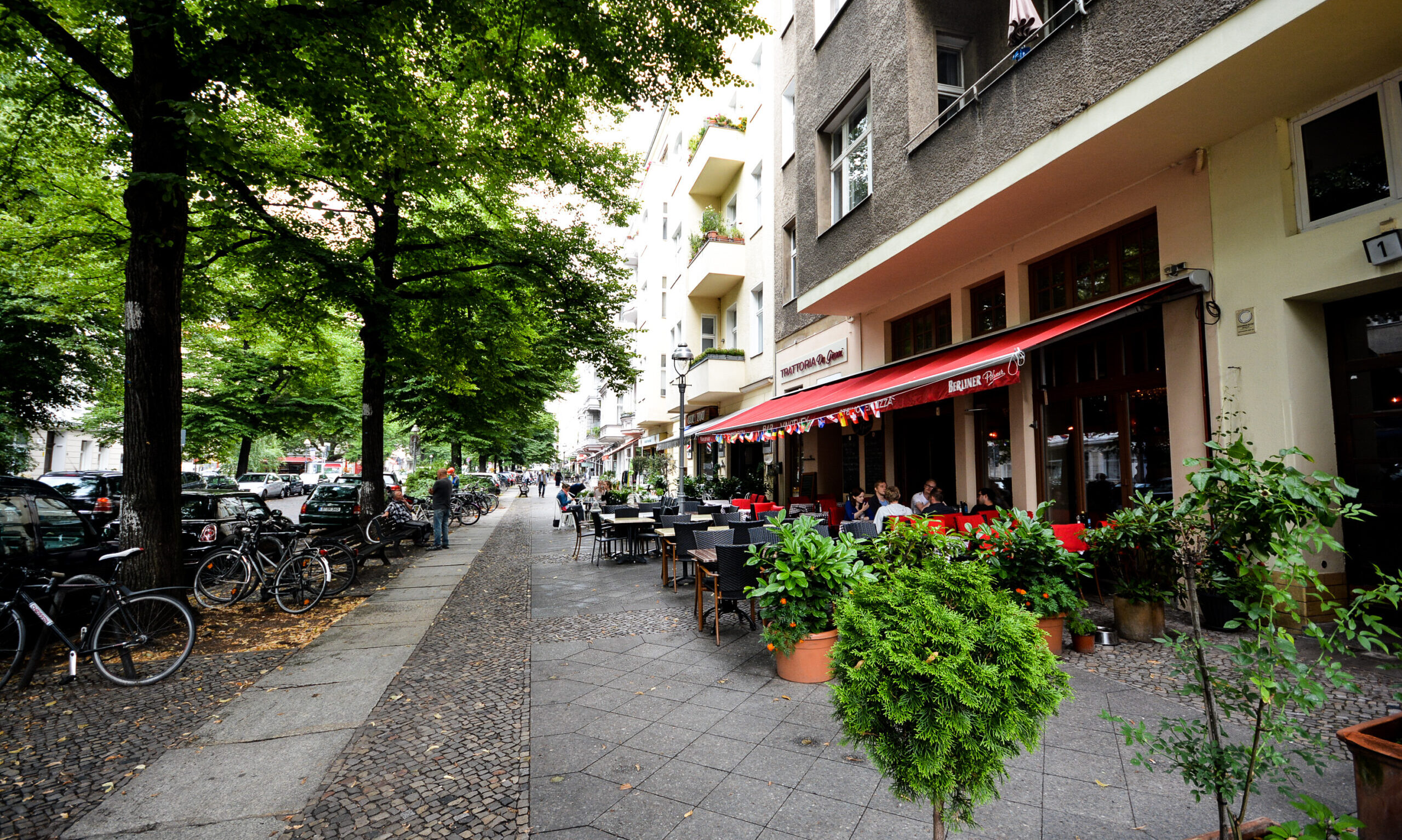It’s suddenly Spring here in Warsaw and actually not hot, but the warmth compelled me to seek a change in mode during my journey yesterday. I was on the bus and could have remained but decided to switch to the metro, which I knew would be a cooler and more pleasant ride for me.
I’m working on a chapter for a Springer Nature book on underground space and climate resilience, marrying two of my great topical passions- walkability and urban underground space.
It was great to recently connect with two leading researchers and experts on underground pedestrianism.
Last week I spoke with Jacques Besner, urban planner and Secretariat for ACUUS. It was the first time in over 2 decades since we first met at the 9th ACUUS conference in Torino, Urban Underground Space: a Resource for Cities. I was a Master’s student at Kungliga Tekniska Högskolan working on my thesis, ‘Habitat: The Subsurface Environment‘ on the psychological issues of humans occupying and using underground space and the Torino conference was excellent (and in fact my first ever conference).
It was wonderful to catch up after all these years. Jacques is a leading expert on walkability and underground space, for which I am writing a chapter for a volume currently (with Warsaw metro system in focus).
Thank you Jacques! I look forward to more dialogue and collaboration with ACUUS!
I also recently spoke with John Zacharias, Chair Professor at Peking University, another leading global researcher on walkability issues and underground space.
Thank you John, and I look forward to collaborating on issues of culture, experience, and the underground.
Development of urban underground space for diverse human use is not an option for many cities, but where it is, great thermal comfort can be offered in subsurface walking networks. In these discussions, it was interesting to discuss diverse geographies with regard to the urban underground space. I also really enjoyed discussing the ‘experiential’ dimension and cultural potential that cities and relevant stakeholders can develop for walkable underground urbanism and underground interior infrastructure as a public space.

